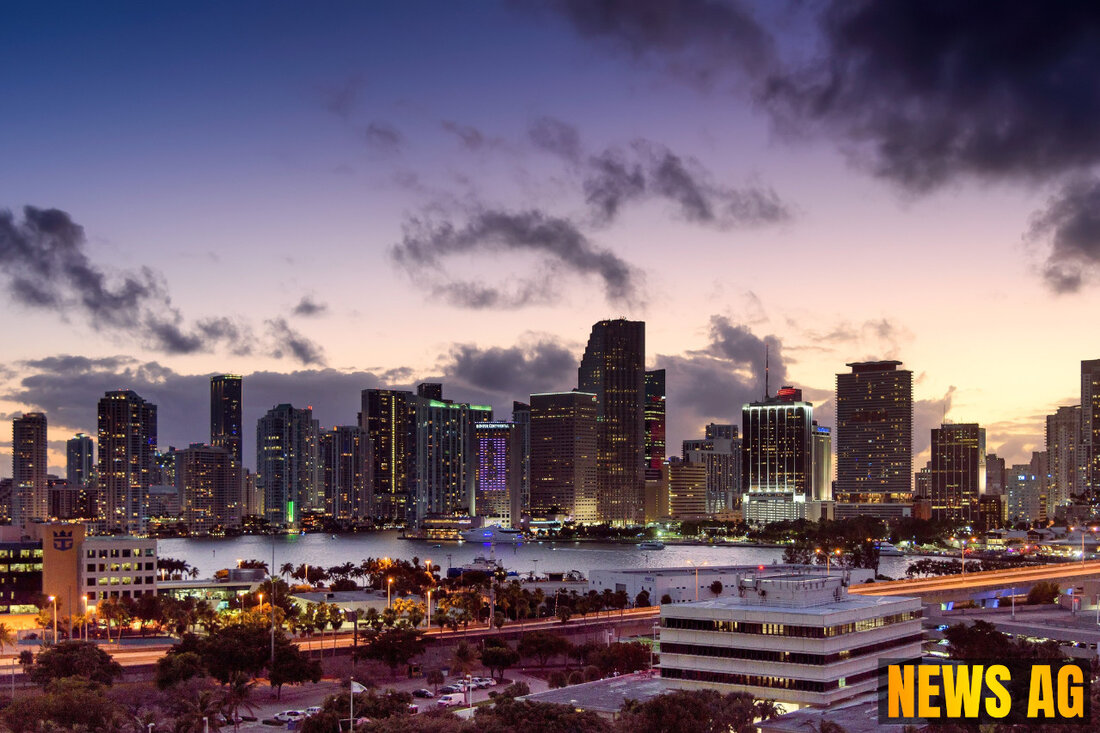FPL's $25,000 Boost Supports Wildlife Rescue Amid Baby Season Surge
Discover how Okaloosa County's Panhandle Wildlife Rescue, supported by a $25,000 donation, aids local wildlife during peak baby season.

FPL's $25,000 Boost Supports Wildlife Rescue Amid Baby Season Surge
The Panhandle Wildlife Rescue in Freeport has made headlines for its tireless efforts in caring for vulnerable wildlife, especially during the crucial baby wildlife season. Co-founded by Shelby Robinson and Jim Johnson, the center has a full plate, taking care of raccoons, birds, squirrels, opossums, owls, and hawks that find themselves in need. With some animals requiring feeding every 30 minutes, it’s no wonder the small team is feeling the strain, juggling the demands of care for almost 2,000 patients anticipated this year. As Robinson points out, their mission is to give wildlife a second chance at life, often due to circumstances stemming from human activity. In this delicate balance, every bit of support helps.
This year, the center received a generous boost in funding from the NextEra Energy Foundation, which donated $25,000 to help ease the burden of their workload. This support will not only aid in providing necessary care but will also assist in the challenges tied to moving into a new facility designed to expand their efforts even further. The Wildlife Rescue center opened in 2024 with aspirations to become the leading rehabilitation and trauma hospital for wildlife in the region, serving the communities of Walton, Okaloosa, and Bay counties, many of which fall within Florida Power & Light’s (FPL) service area. With the wildlife population at risk due to rapid development and increasing biodiversity, Robinson anticipates the demand for services will only rise. J.T. Young, vice president at FPL, shared that supporting nonprofit missions and wildlife conservation is a core value for the company in Northwest Florida, highlighting their commitment to the environment.
Supporting Manatee Rescue and Rehabilitation
FPL’s commitment to wildlife doesn’t stop at the Panhandle. The company has allocated over $700,000 in grants from the NextEra Energy Foundation to bolster environmental organizations focusing on manatee rescue and habitat restoration efforts. This came on the heels of a partnership with the U.S. Fish and Wildlife Service and the Florida Fish and Wildlife Conservation Commission, establishing a temporary response station at FPL’s Cape Canaveral Clean Energy Center, a vital spot for migrating manatees during winter. Tragically, manatee populations have been severely impacted by starvation linked to the alarming decline of seagrass in the region, a primary food source for these gentle giants.
Staggering statistics from 2021 indicate that the Florida Fish and Wildlife Conservation Commission (FWC) recorded over 1,100 manatee deaths, with many of these tragedies stemming from nutrient runoff and pollution leading to toxic algae blooms. In response, a supplemental feeding trial was conducted, resulting in the provision of over 202,000 pounds of lettuce to help sustain the manatees over challenging months. Although these efforts saw a reduction in mortality rates, numbers have yet to reach pre-crisis levels. To enhance rescue efforts further, FPL is funding a specially designed transport truck for the FWC, aimed at providing more efficient and comfortable transport for sick or injured manatees.
Grassroots Efforts in Conservation
Beyond the logistical support for rescue operations, grassroots initiatives are gathering momentum to restore the habitats that manatees and other wildlife depend on in Florida. The Marine Mammal Fund, highlighting the collaborative spirit of local entities, is actively involved in raising funds for conservation efforts focusing on both manatees and other marine life. As part of these long-term restoration efforts, more than 60,000 eelgrass plants have been transplanted at sites in the Loxahatchee River this spring. Contributions from a wide range of organizations, including businesses and community members, have amassed an impressive $2.2 million for various conservation projects within just one year.
The stark realities of wildlife conservation in Florida remind us of the significant challenges these animals face as habitats dwindle and human development continues. However, with organizations like the Panhandle Wildlife Rescue and partnerships with companies like FPL, there’s a tangible hope for the future of Florida’s wildlife. As we keep an eye on this ongoing situation, it’s clear that community support and financial backing can make all the difference in the world—there’s something to be said for it, isn’t there?
